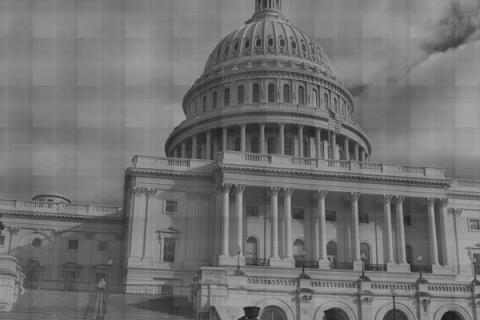California officially has a budget-yes! Now that that order of business has been taken care of, let's turn to another pressing local problem: water in the time of drought.
The California seasonal drought outlook, as forecast by the National Weather Service and the National Atmospheric and Oceanic Administration, is not a happy one. The NOAA/NWS official U.S. Seasonal Drought Outlook predicts the months of February 2009 through April 2009 will bring persistent and/or more intense drought conditions. Soil moisture predictions are no different, as the current water reserves and expected precipitation are all lower than usual this year.
According to the NWS readings, during January, nearly all of California cities received either less than 50 percent or only between 50-69 percent of typical rainfall levels. The Metropolitan Water District of Southern California, which is one of the largest water providers in California, hasn't been immune: this water district provides water to many smaller water districts throughout the state. The MWD's water reserves are at under 50 percent (less than or equal to 200 million acre feet of water).
In June 2008, Gov. Arnold Schwarzenegger declared the state of California as being in a drought. By January 2009, the gravity of the situation was revealed further, as a California judge ordered tightened restrictions on the amount of water that could legally be taken from the San Joaquin Valley, to be provided to Southern California consumers. It was further determined that by spring 2009, if there was no drastic improvement, the state may begin implementing a system of water rationing. As everyone knows, rationing is no fun, as it is often accompanied by artificially inflated prices and widespread frustration.
The California Department of Water Resources noted this month that despite heavy rainfall throughout Southern and Northern California from February 5 and on (with some cities receiving more than 5 inches of rain within this short span), average water reserves and runoff levels throughout the entire state are at noticeably lower levels, even lower than last year.
Other than hoping for miracles and nonstop rain, Californians can't control the weather. They can, however, control the amount of water being used in a given day. California water districts are encouraging people to purchase certain "water efficient" devices and water conservation programs (such as BeWaterWise, through the MWD, and SoCal Water$mart, also through the MWD), which offer very generous rebates to those who purchase these systems. Some of the water-saving devices include high-efficiency washing machines, toilets and weather-based irrigation devices, also known as "smart" sprinklers. Some varieties of the latter have been reported to save thousands of gallons of water every year. One system, the Cyber-Rain system, costs more than $300, but rebates are available for a significant percentage of that cost.
Other helpful tips shared by water districts and water conservation programs include common sense tips, which include turning off the faucet when brushing your teeth; using a broom to clean off the driveway, rather than the hose, and plant lower water-use/drought-tolerant plants, many of which thrive happily in California (and include surprisingly pleasant flowers such as the lantana and the lavender). As an added bonus, the consumer even gets to save money... on the water bill.
Though the drought may seem to only bring gloom, this is an excellent learning opportunity for all Californians (and those in drought-affected states, including Texas, Nevada and Florida). Californians have an extraordinary ability to adapt and innovate: by adopting widespread water conservation measures, we cannot only help conserve our water, but can provide for a continued, lowered level of extraneous water usage.
And residents who are considering conserving aren't alone: the sheer magnitude of water conservation support throughout the state is quite unlike anything: water districts, state and local governmental agencies and various water programs not only support consumers in word, but many provide direct links to programs to reward the conservationists. Who said it doesn't pay to conserve?
